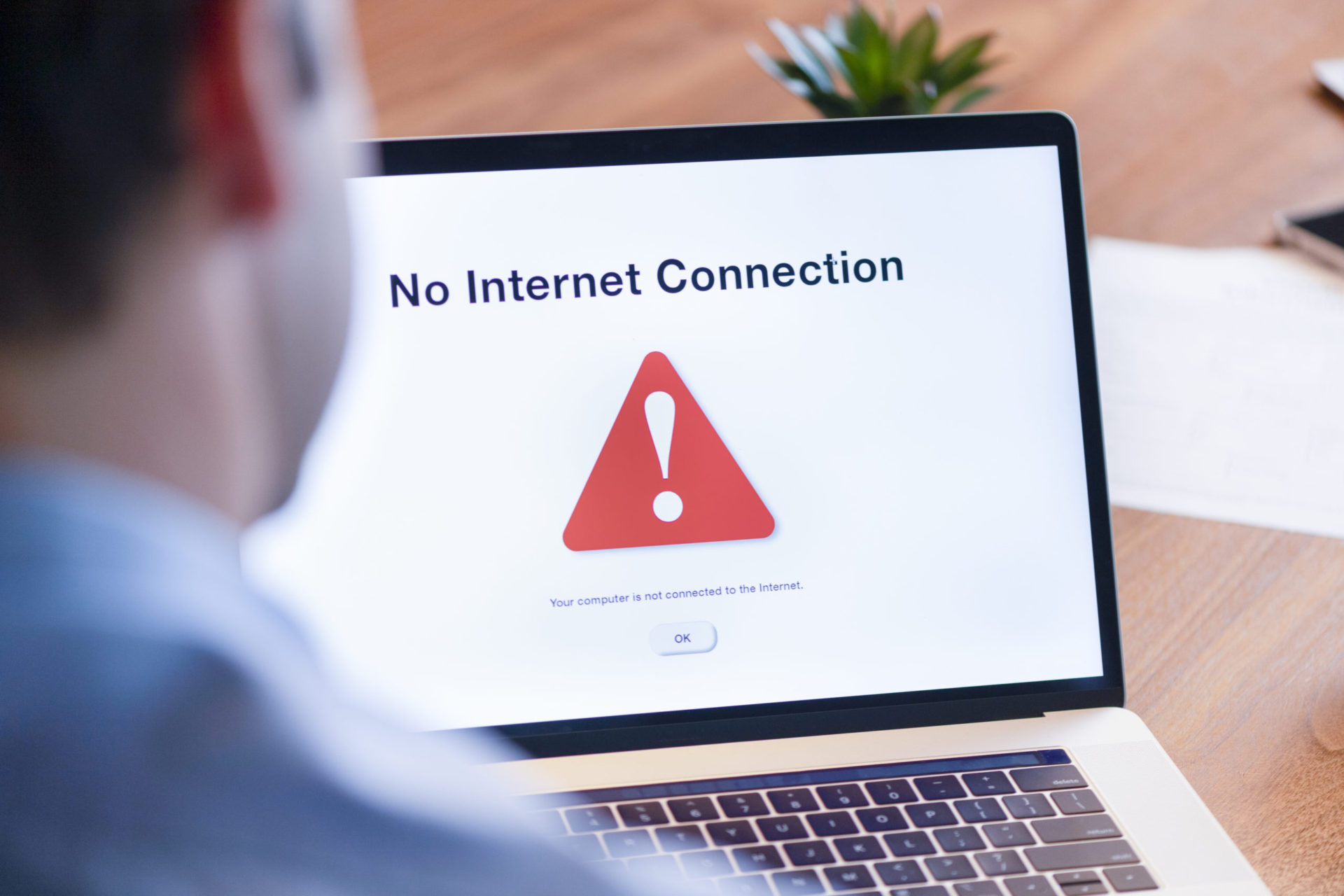The world has changed rapidly over the last month or so. COVID-19 has changed how we work and where we work, and one of the side effects of that change is a heavier pressure on the internet. After all, we’re now all working from home, communicating via video calls and sending more emails than ever before. When you take into account how many millions of people around the world are changing their working habits in these ways, it’s clear that the internet will be under greater strain than ever before.
So, can the internet handle all this new traffic and how might it deal with it better? And perhaps most importantly, what does it mean for the end users relying on their internet connections and the internet’s capabilities more than ever before? These are all big and important questions that are worth delving into and exploring in more depth. Industry expert Nicky Smith is now going to provide that background and cover the things that matter most in this subject area.
The New Demand for Content
You might already be noticing the impact that coronavirus has had on the internet and the level of quality on certain platforms. The demand for content is greater than ever and with so many people working from home and using platforms like Zoom, performance issues have been noticed. Zoom in particular is overloaded and there are video and audio problems that some users have been experiencing.
Some websites are slowing down under pressure for some users as well. There are also problems with delayed emails resulting in communication issues for many people. Video streaming can be another issue as more and more people are using streaming platforms while trapped at home.
The Content Providers
There are three core parts of the internet and the first is the content providers. This refers to the servers in data centers, the things handling the traffic. These are designed to withstand great pressure and can, in most cases, deal with huge increases in traffic numbers. Similarly, hardware and operating systems can deal with high volumes of traffic. Google and Amazon use Content Delivery Networks that handle millions of requests per minute, and these can handle the current situation well.
Border Gateway Protocol
Border Gateway Protocol is essentially the various routes that data takes when moving from one data center to the next. BGP was first deployed in 1994 and it uses carriers to establish the best routes for traffic. This is a vital part of the internet’s infrastructure and it helps to ensure data gets to where it needs to be in the most efficient way possible. That’s something that’s more important than ever before.
The Last Mile
The final piece of the puzzle that dictates how the internet works is what we refer to as the Last Mile. The last mile is the way in which your connection at home functions. It’s designed to ensure each person can access data as efficiently as possible, but there are problems here and it’s where bottlenecks are most likely to occur. When the relevant infrastructure was put in place, the companies providing internet services didn’t expect domestic users to be uploading content, in other words usine a two way system.
This has led to some problems when it comes to uploading and using two-way video streaming for example. It’s because internet services are delivered in a way that massively prioritizes download over upload. To compare it to a highway, it’s as if there are 12 lanes going in one direction but only one going in the other direction. There’s a clear imbalance there and this can lead to problems in some instances, especially when a lot of people are on video calls right now. It leads to bandwidth problems associated with asynchronous communication.
What Can You Do?
So, what can you do about all this? If you’re experiencing problems with upload speeds and other bandwidth-related issues, you’ll know exactly how frustrating it can be. You’ll want to put the problem right and enjoy your internet connection at home as you expect to be able to.
When it comes to last mile technology and the companies that provide it to users at home, those companies aren’t doing much to fix the problem. And it’s unlikely that’s going to change in the immediate future. Businesses tend to get around this problem by paying for a fiber synchronous connection because businesses tend to send and receive a lot of data, which makes them different to the average home user.
But now we’re all carrying out business work from home, the average needs of a home internet user are shifting. You can improve the situation by ensuring that you’re not streaming, downloading or uploading content at the same time as you’re on an important Zoom call related to your work. This will improve the video and audio quality massively. Using a microphone rather than relying on computer speakers and the built-in microphone is always preferable.
At Carolina Digital Phone we have been always over engineered for these traffic demands, ensuring quality doesn’t drop at times of higher demand. We have three 1GB fiber synchronous connections with full BGP routing for home and business customers. Our three carrier class data centers in downtown Greensboro, NC a second in Research Triangle Park, NC known as North Carolina’s MCNC.ORG and a three in the Equinix Data Center in Dallas, Texas.
It’s always possible that someone in the home is using up a lot of bandwidth, so be sure to check that before assuming that there’s a problem with your internet service provider. You might be able to fix the problem yourself without too many problems.
What is the Global Coronavirus Situation About to Teach Us?
The global coronavirus pandemic will teach us a lot when it comes to working from home and ensuring our internet is able to deal with the new demands placed on it. For a start, it’s going to show us how important it is to improve last mile technology so users at home can deal with teleworking in sustainable and efficient ways. That’s going to be important in the years to come.
Secondly, I feel that agencies such as USAC.org should look at funding better fural internet infrastructure so that everyone in the country has access to good internet connections. We’ll also start to see the value and importance of new technologies, such as 5G as it begins to be deployed in different parts of the country.




